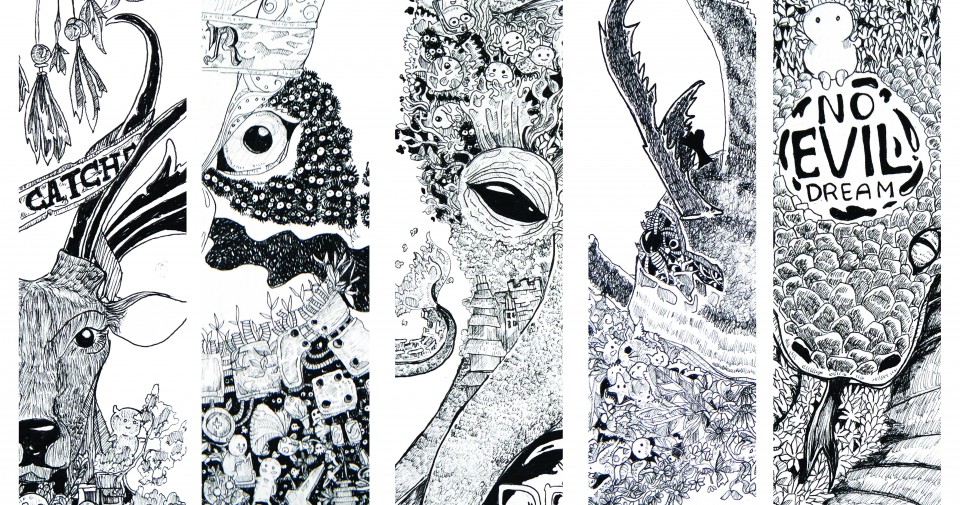The Myth of the Cave Analysis.
The Myth of the Cave is one deep chapter explaining perception and belief upon seeing things. It is written in The Republic by Plato. Plato explained several theories according to what we see and what we belief in the return. The Myth of the Cave is most likely to inform the world how philosopher see the world and how our society response upon the philosopher discoveries. In other hands, this chapter also influence lots of information in semiotic.
The Myth of the Cave is a story of three prisoners who prisoned since born in the dark cave with only a fire behind them as the light sources and they never see the outside of the world. They have a game called guessing game which the prisoners guess a shadow appearing in front of them. The one who can correctly guess the next shadow is entitled with the “Master” of the game. Throughout the time, one of the prisoners freed and he then have a chance to see the world outside of the cave. Upon his new life, he founds lots of things that are not in the cave and he discover lots of new knowledge. He believes the sun is the source of life and he goes into many intellectual journeys to find more about the world, including his own self. Time passed and the freed prisoner wants to tell his friend who are still in the cave. He wants to tell them how different is the world inside and outside of the cave. Shortly after his returns, he began his story to them, however, the two prisoners kicked and threaten to kill him if he keeps going about the real world. They feel threatened of how the freed prisoner has been poisoned about the world outside of the cave.
To ensure the allegory of this story, we ended up doing some research in few great philosopher opinions. To figure this out easier, let us divided this story into subs subjects. The cave, the shadows, the guessing game, the freed prisoners, and the return.
The cave is what our society if. It contains persons and it can be defining as home to home. Plato’s theory represents this as people who believe the knowledge is only at one place. The people inside the cave are “trapped” in their mind of false believe.
The Shadows can be representing as knowledge and information. The prisoners in the cave belief of the shadows as their knowledge. What they see is the truth, and they perceived the shadow as their belief. However, their source of knowledge can be defined as false because it is the shadows of the real things, but they cannot see the real things directly and only the shadows they see. Hence, this can be defined as false belief.
The guessing game might refer to role and person who guess it right represented as the most knowledgeable. They admiring someone who correctly guess and this means they admire someone who has been fallen into false belief.
The Freed prisoners represent Philosopher or person who eager to challenge their self. They seek the new knowledge by moving toward the outside of the world. Most philosopher beliefs on something big and important is the source of knowledge, in here, the freed prisoner refers to the sun as the truth and knowledge. He also tries to find meaning of new things.
The return to the cave is a process of philosopher explaining new things to people. However, common things happen, most people did not belief on certain truth, they are rather trapped in the false truth as they already accustomed to it. They are afraid of new knowledge and belief that it might brings disaster for them.
The Myth of the Cave is great example of how our current society is. And the relation of semiotic can be found a lot in this. Words are not referred as they should be. In here, the cave is not representing as a natural underground chamber in a hillside.[1] However, it represents the world and the society lives in there. We found that Plato uses the common explanation to briefly and easily discussed with the society in any levels, so they will not be trapped inside their belief.
References;
Plato. “The Simile of the Cave.” Republic. Harmondsworth: Penguin, 1974. 240-48. Print.
Trumpeter, A. (2012, September 21). ‘THE ALLEGORY OF THE CAVE’ BY PLATO: SUMMARY AND MEANING. Retrieved September 2, 2016, from http://www.philosophyzer.com/the-allegory-of-the-cave-by-plato-summary-and-meaning/
[1] Oxford Dictionary

